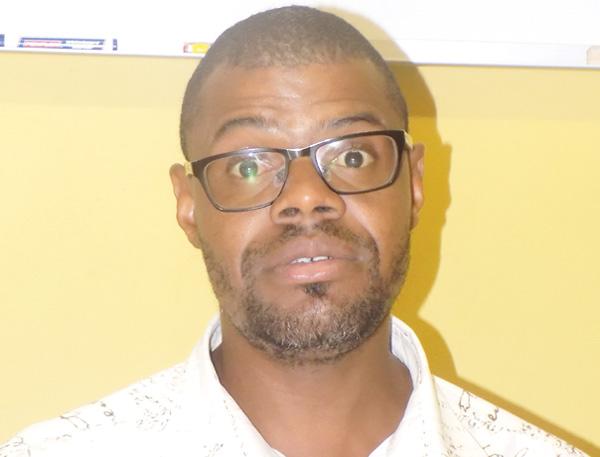
Namrights on human rights
Namibia is an upper middle-income nation, owing to its estimated GDP per capita ranging between USD1800 and USD6400. Nonetheless, with one of the highest Gini-coefficients in the world, ranging between 0.6 and 0.713, the country has also remained with the highest levels of income disparities as well as the most unequal society in the world. Namibia has also continued to be referred to as a “rich country with poor people”
Save in the universal ART coverage of over 90% and the prevention of mother-to-child transmission of HIV infection of over 75%, where government has made progress, thanks to substantial funding from the US government and Global Fund, all and any other human rights indicators show that the human rights and, hence, human security situation has deteriorated unabatedly for most Namibians, both qualitatively and quantitatively during the period under review. Freedom from what has remained acute for 90% of the population, whose right to food; education; work; social security; health; a safe and clean environment; and adequate housing security remain threatened more than ever before, by seemingly never ending socio-economic woes.
This deterioration manifests itself in the forms of chronic and blatant income inequalities and inequities; abject poverty; soaring levels of hunger and malnutrition; inadequate education facilities, escalating drop-out and teenage pregnancy rates; severe rates of unemployment, gross maternal and infant mortality rates; high HIV, TB and malaria infections; and environmental degradation and climate change; as well as a huge housing backlog and chronic inadequacy of shelter. These human security threats continued to escalate as the period under review ended.
(Extract from the 2011 NamRights Report)










































